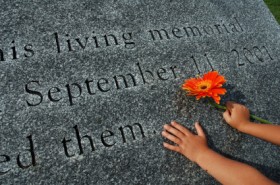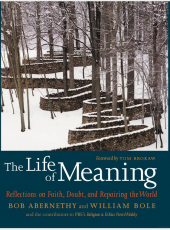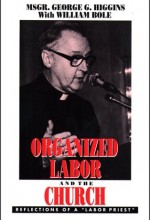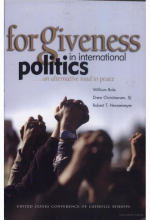
This is one way of sizing up the contention surrounding the 9/11 Memorial and Museum that opens this Sunday at the World Trade Center site.
Nearly 3,000 people perished as the Twin Towers crumbled on September 11, 2001, and the remains of more than 40 percent of them have not been identified. Many families of those victims have pushed for a common burial place at Ground Zero, a monument not unlike the Tomb of the Unknown Soldier at Arlington Cemetery.
They thought such a tomb, there for all to see, could serve as a dignified final resting place for their loved ones. Instead, the remains will be stored in a room behind a wall in the underground 9/11 museum that will open together with the above-ground memorial. The words of Virgil will be inscribed on the wall: “No day shall erase you from the memory of time.”
Some 9/11 relatives say they’ll never go there. In essence, they argue that the remains repository—seven stories below ground in a museum that is considering charging for admission—has not been scaled to the sacredness of Ground Zero. They believe the storage plan is a desecration of the whole site.
Designers of the memorial, as well as other 9/11 families, disagree.
They point out that inside the concealed room, medical personnel will continue the task of identifying remains—a meaningful activity. And they say the above-ground memorial, including a plaza with waterfalls and two reflecting pools, will constitute hallowed ground. Bronze panels around the pools will bear the names of all 9/11 victims.
Translating the Sacred
What stirs little contention is the understanding behind the misunderstanding, the theology behind the politics. By and large, the dissenting families and the memorial’s creators agree that this tract of unspeakable evil is in fact sacred ground and ought to be handled as such. They clash only on the particulars of how to flesh out the sacredness.
For instance, on its web site the 9/11 Memorial and Museum acknowledges the volatility of questions about how to return the unidentified remains to “the sacred ground of the World Trade Center site.”
From one perspective, this is not the most intuitive theology. In a traditional formulation, a place becomes sacred when God intervenes to demonstrate his wondrous ways; it becomes a point of entry into the divine world. This would be a dicey reading of the horrific events that transpired ten years ago. It would also be a strictly religious one.
There is, however, another way of parsing this theology.
Simply put, sacred space is fraught with special meaning. It opens the way to a transcendent truth and reality that is qualitatively different from the surrounding ordinary space. This is more or less the approach taken by the Romanian scholar Mircea Eliade in his 1957 classic, The Sacred and the Profane: the Nature of Religion.
In Danger of Defilement
In addition, such a space is easily desecrated. The insightful religious studies scholar Edward Linenthal underscored this in an interview conducted by Kim Lawton of the PBS television program Religion and Ethics Newsweekly, aired on the first anniversary of 9/11.
My definition of a sacred place is a simple one. Any place that’s capable of being defiled is by definition sacred. You can’t defile ordinary space. Any place that for a group of people is so special that a certain way of being there would be an act of disrespect means that that place is charged with a particular kind of meaning.
A belief in the sacred appears to be part of the common theological sense of most Americans. That a single space could encompass both evil and the holy is also not perplexing to them.
This perspective brings together people ranging from relatives of firemen who fell on 9/11 to architects of the new memorial. It could also pull them furiously apart when some interpret “a certain way of being there” as a desecration of that holy ground. …read more





